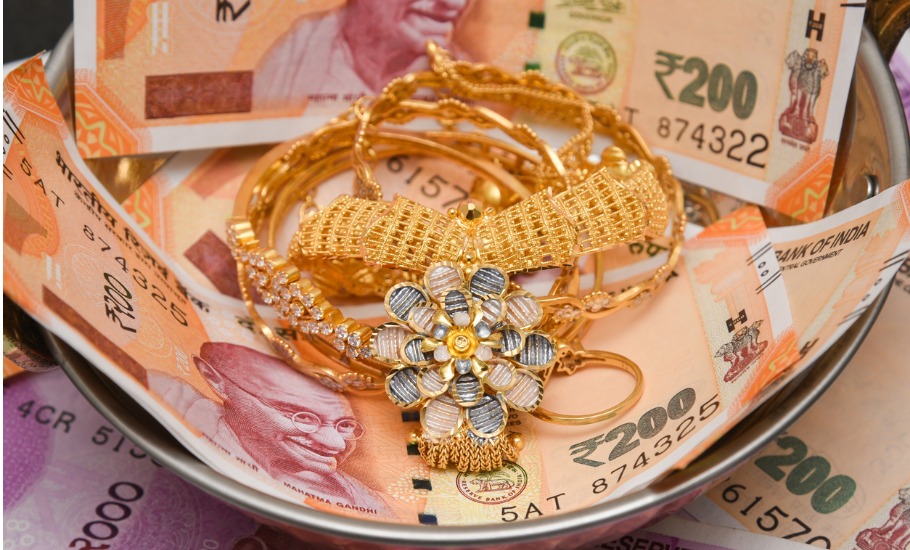
Lower margin of gold loans: How does it help common man
In a bid to further mitigate the economic impact of the COVID-19 pandemic on households, entrepreneurs and small businesses, the RBI recently raised the permissible loan-to-value ratio for loans availed against gold jewellery for non-agricultural purposes from 75 to 90 per cent.

In a bid to further mitigate the economic impact of the COVID-19 pandemic on households, entrepreneurs and small businesses, the Reserve Bank of India (RBI) recently raised the permissible loan-to-value (LTV) ratio for loans availed against gold ornaments and jewellery for non-agricultural purposes from 75 to 90 per cent.
This enhanced LTV ratio will be applicable till March 31, 2021, to enable borrowers to tide over their temporary liquidity mismatches on account of the pandemic. For fresh gold loans sanctioned on or after April 1, 2021, the earlier LTV ratio of 75 per cent shall be applicable.
Let us discuss how to better utilise this new liberalised margin stipulation and what you must keep in mind before availing fresh gold loans.
Advantages
The raising of LTV ratio allows non-agriculture borrowers to avail an enhanced loan amount. This means, if a person with gold jewels worth ₹1 lakh can avail only ₹75,000 of loan (with 25 per cent margin) at present, the revised margin of 10 per cent will now allow the borrower to avail ₹90,000. Hence, borrowing capacity is increased by 20 per cent with the same value of gold jewels.
The procedure to get a gold jewel loan is very simple and quick, and doesn’t require too many documents as well. The quantum of gold loans varies across banks. While ICICI Bank offers gold loans between ₹10,000 and ₹1 crore, State Bank of India offers between ₹20,000 and ₹20 lakh. With the reduced margin, individuals will now be able to avail a higher loan amount easily.
If someone has already availed a loan at a 25 per cent margin, the borrower can now avail a fresh loan at a 10 per cent margin and clear the existing loan. This will provide additional cash flow by nearly 20 per cent.
This will be a boon for those in need of funds for the short term, but anticipate sufficient inflow of funds in medium to long terms.
Precautions
Individuals must keep the following in mind before availing the enhanced limits:
As higher LTV ratio is allowed, the risk for the bank is more and hence, the banks may suitably increase pricing, which will be a burden for the borrowers. The borrowers should, therefore, be prepared for a higher interest rate.
Related news: RBI slashes repo rate by 40 bps, extends loan moratorium by 3 months
Due to higher LTV ratio, the loan amount coupled with interest amount will balance the value of the security provided within a shorter timeframe. For example, if ₹90 is availed as loan against pledged gold worth ₹100 at an interest rate of 15 per cent, the total loan amount will reach ₹100 within eight months. Hence, the bank will expect the borrower to either clear the loan within eight months or pay the interest amount to continue the loan. So the borrower has to be careful about his capacity to clear the loan or pay the interest within this timeframe.
If the borrower does not service the loan within the reduced repayment period, the jewels may be sold and the borrower may lose them permanently. Of course, the bank is supposed to provide reasonable notice to the borrower as per the terms of Section 176 of Indian Contract Act 1872.
This liberalised margin facility is applicable only up to March 31, 2021, and hence, any roll over of the loan account may not be permitted thereafter unless the RBI extends the arrangement.
(The writer is a retired banker)


